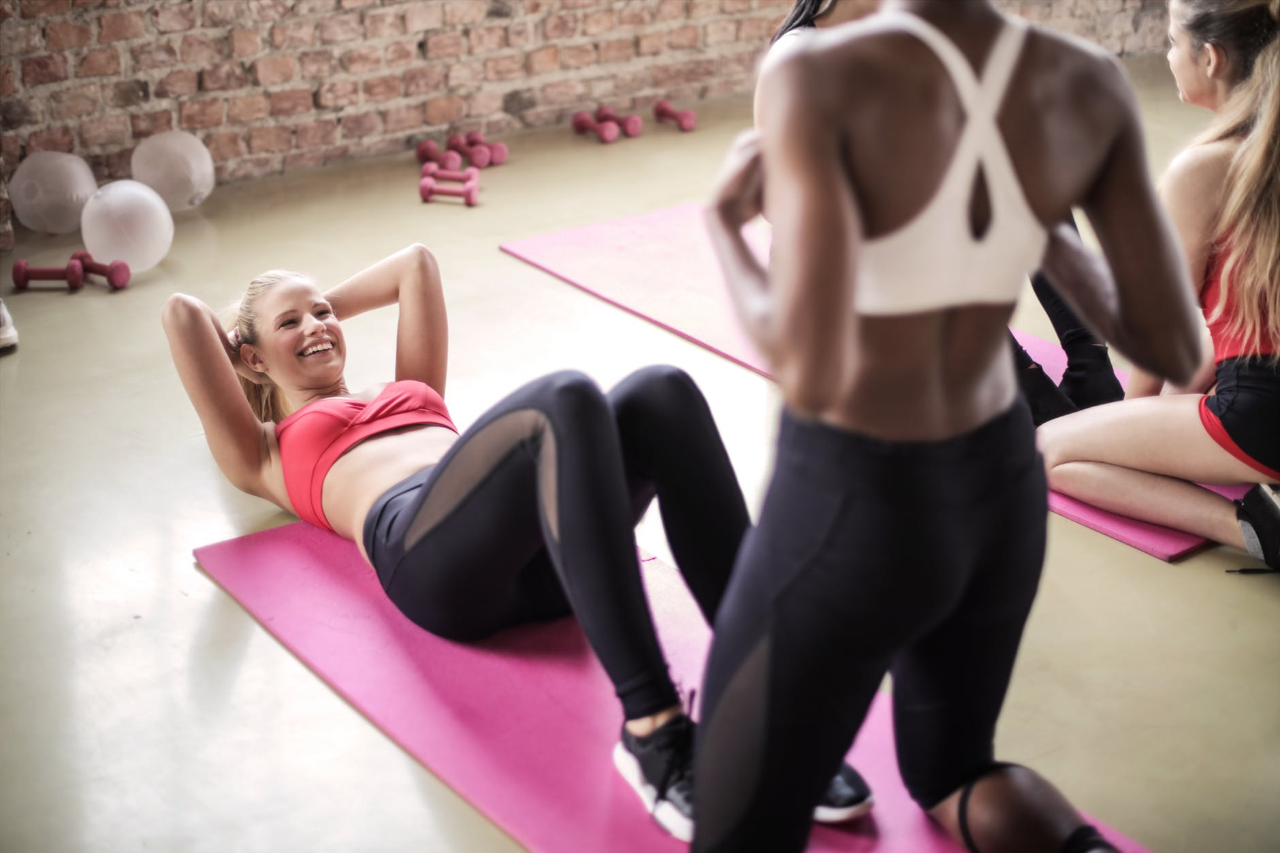Ask people why they hesitate to join a fitness club and you’ll get a lot of answers, many responses will revolve around a single problem—fear of not being accepted, not feeling inclusive.
Societal expectations about who “deserves” fitness or who “belongs” in the fitness community minimizes and restricts community growth. The stereotypes of what fit people look like, what they wear, or how they behave are not only outdated—they’re harmful and hateful.
What can you do, as a fitness business owner, to make a difference? There’s a lot—but it takes intention, dedication, and in some cases, financial investment. Here are some ideas.
Reach out to clients of all fitness budgets
Personal trainers often end up with a specific group of clients because they attract people who can afford their services. That’s fine for your primary business, but why not branch out in other ways to be more inclusive?
Consider offering free classes and encourage those who can’t afford typical personal training services to attend. Find ways to provide less expensive services, like online training or group training. Take the time to connect with people who come from a background you don’t regularly interact with, and learn how you can expand your business to serve them too.
You’ll probably find that you learn just as much as they do—and your new perspective will help you in both business and life. Plus, it might just open up a new revenue stream.
Get rid of gendered assumptions
Almost all of us have ideas about what men can or should do at the gym versus what women can and should do. Recognizing those biases is the first step, and setting them aside is the next.
Have you ever offered lighter weights to women because you assume they don’t want to bulk up? Have you ever skipped stretching or yoga recommendations for men? Set aside gender expectations and focus on the individual goals of each client.
And beyond binaries and gender stereotypes, have you considered the facilities at your club and how they might impact your clients? Consider adding a gender-neutral bathroom, or removing the labels on some of your existing facilities to ensure there’s a safe space for all of your clients.
Even more, advertise your fitness business as one that accepts people of all genders and sexual orientations. Advocate for the LGBTQ+ community in your hometown and educate yourself on what’s appropriate to say or do. Explain in your outreach that you’re prioritizing creating a safe space for all of your clients. Ask for feedback from your current clients on how you can be a better ally.
Take your fitness business to the next level.
Start your free 30-day trial of Trainerize.
Inclusive clubs to learn from:
Everybody
This Los Angeles-based fitness club makes inclusivity a focus. Their website characterizes the club as a “radically inclusive culture for all bodies to move, strengthen, and heal.” They go on to state that fitness “should be accessible, affordable and adaptive to all people regardless of their gender, sexuality, size, age, ethnicity or ability.” They offer a gender-neutral locker room, fully equipped gym, and movement studios. Everybody also provides pricing on a sliding scale based on income.
Very Personal Training
Another example is branded as Brooklyn’s first body positive private training facility. Very Personal doesn’t focus on weight or appearance, instead prioritizing an internal shift that comes with fitness and wellness. The studio has no scales, doesn’t measure inches, and doesn’t have mirrors. No one will ask you about your weight. They want you to feel good no matter what size you are.
Tight Club
It’s Vancouver’s modern day community centre. Tight Club is a “warm, welcoming and inclusive functional fitness studio that celebrates diversity, and encourages loving relationships with fitness and each other.” But in their commitment to inclusion, they take it a step further. They promise to welcome everyone, not in spite of their identities, but because of them—”who they are and the unique traditions, languages, practices, and values they bring into the space.”
Start with your website. Make a commitment through words and include those values in your marketing—you’ll be surprised how much it can empower those around you.
Use fit tech for more accessible fitness
Technology gives us the ability to reach clients we might not already know. Using Trainerize to connect with online training clients promotes fitness for those who either don’t have access to training programs in their region or those who need to work out at home. By using a tool like Trainerize, fitness and support is provided to those who wouldn’t have it otherwise.
For in-studio accessibility, consider equipping your group fitness instructors with a mic set-up. Sure, the classroom might seem small to you, or your instructors might think they can project their voices, but for people with hearing disabilities or difficulties, having a microphone and speaker can make all the difference. Similarly, if you’re sharing workout videos on social media and your website, be sure to add subtitles.
One way that your fitness business can be more inclusive is to use Trainerize to connect online training with in-person options. The platform can help you offer lower-priced classes, more inclusive opportunities, and allow your clients to work out where they feel comfortable.
Be an ally
Become an advocate for inclusivity and accessibility in 2020! Make it a priority. Make it a differentiator! Commit to building a positive, inclusive fitness club, and reap the rewards of a more motivated and inspired community.

